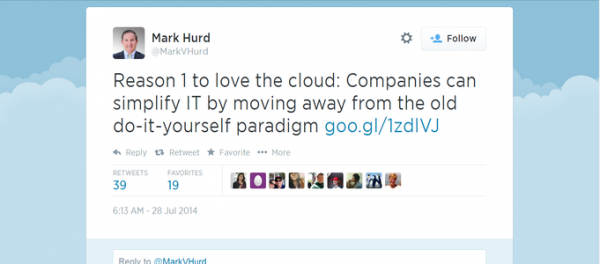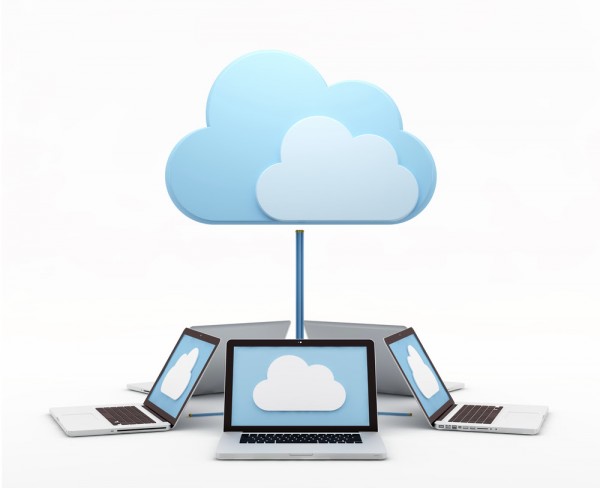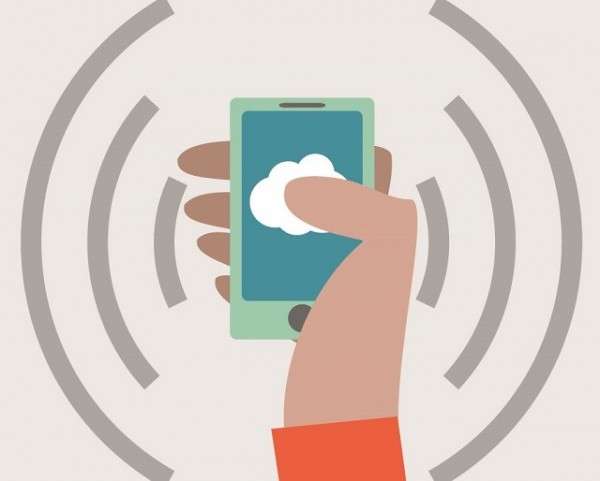
If you plan to get your library science degree online, spend some time researching online schools and programs to make sure they meet your needs. The online college should have a solid reputation and offer programs that fit your schedule and career goals. Here are five things to consider before you enroll.
Program Quality and Accreditation
Image via Flickr by Thomas Hawk
If a college meets a very high standard of educational excellence, a peer review board gives it an accreditation. You will gain a quality education and good career prospects if you check the school’s accreditation before signing up to study for your library science degree online. Employers are more likely to hire graduates from accredited online colleges because they know that the degree comes from a trustworthy institution. The American Library Association provides a list of accredited master’s degree programs in library and information studies.
Financial Aid and Scholarship Opportunities
The cost of earning your library science degree online can vary depending on which school you choose and how many credits you will need to complete your degree. Many schools offer scholarship opportunities, and most offer help with financial aid to lower your tuition costs. Knowing what type of library science jobs you want to apply for after graduation can help you understand what online colleges offer courses that will be worth your investment.
General and Specialized Programs
Image via Flickr by Chris Devers
Some online colleges offer a general education in library science. Others give you the opportunity to focus on a specialty. For example, if you like working with geography and map collections, you can choose a program with a focus on geographic information systems. If technology fascinates you, look for courses you can use to prepare for a career as a technical trainer or technology coordinator. You can also explore programs for library science careers in business, law, and medicine.
Flexibility and Part-time Schedules
Online degree programs are an attractive option for students who need flexibility or part-time schedules, but every school is different. Ask the school about their level of flexibility and what hours instructors will be available to answer your questions. You can also discuss how long it will take to complete your degree based on your scheduling and college credit needs.
Entrance Requirements
Check with the college to see what they will need when it is time to enroll. Some online colleges allow you to transfer credits from courses you have already completed, while others do not. Some will ask for a GRE or GMAT score while others only need you to prove that you have related work experience.
Before choosing an online school, it is important to do thorough research. You will get access to quality courses, good instructors, and more job opportunities when you get your online library science degree from an accredited institution. Think carefully about your interests and goals so you can choose a school that will prepare you for a successful career in the library science specialty of your choice.








